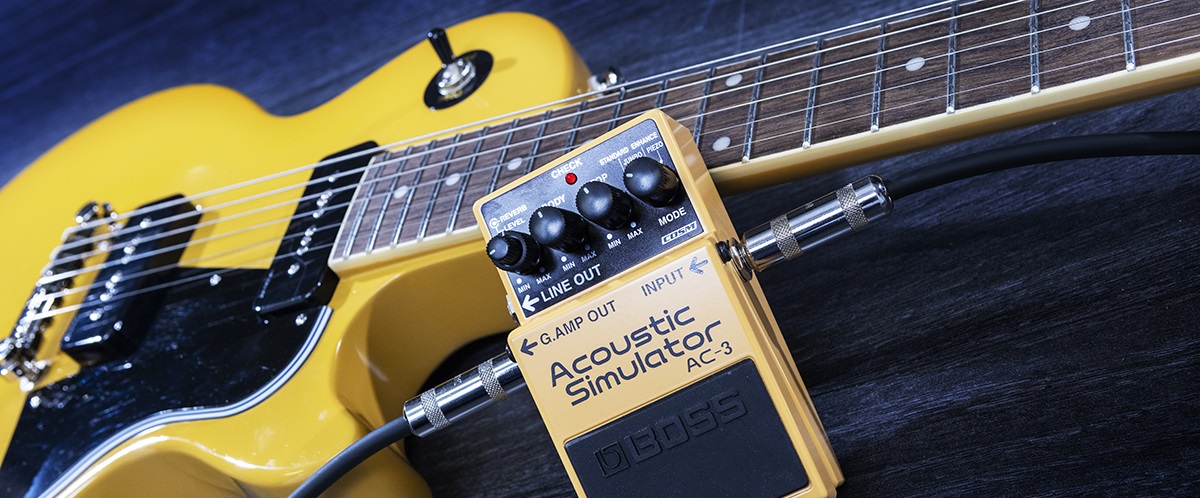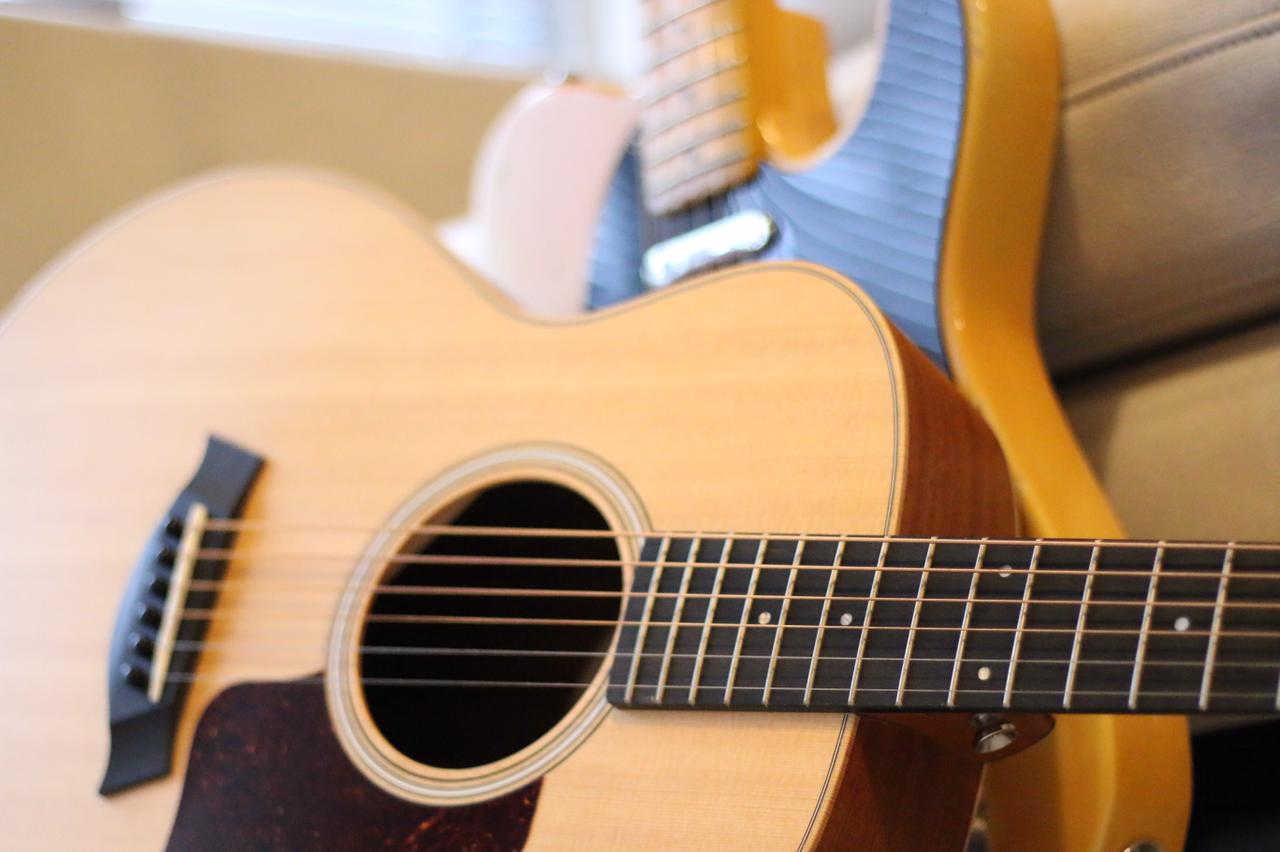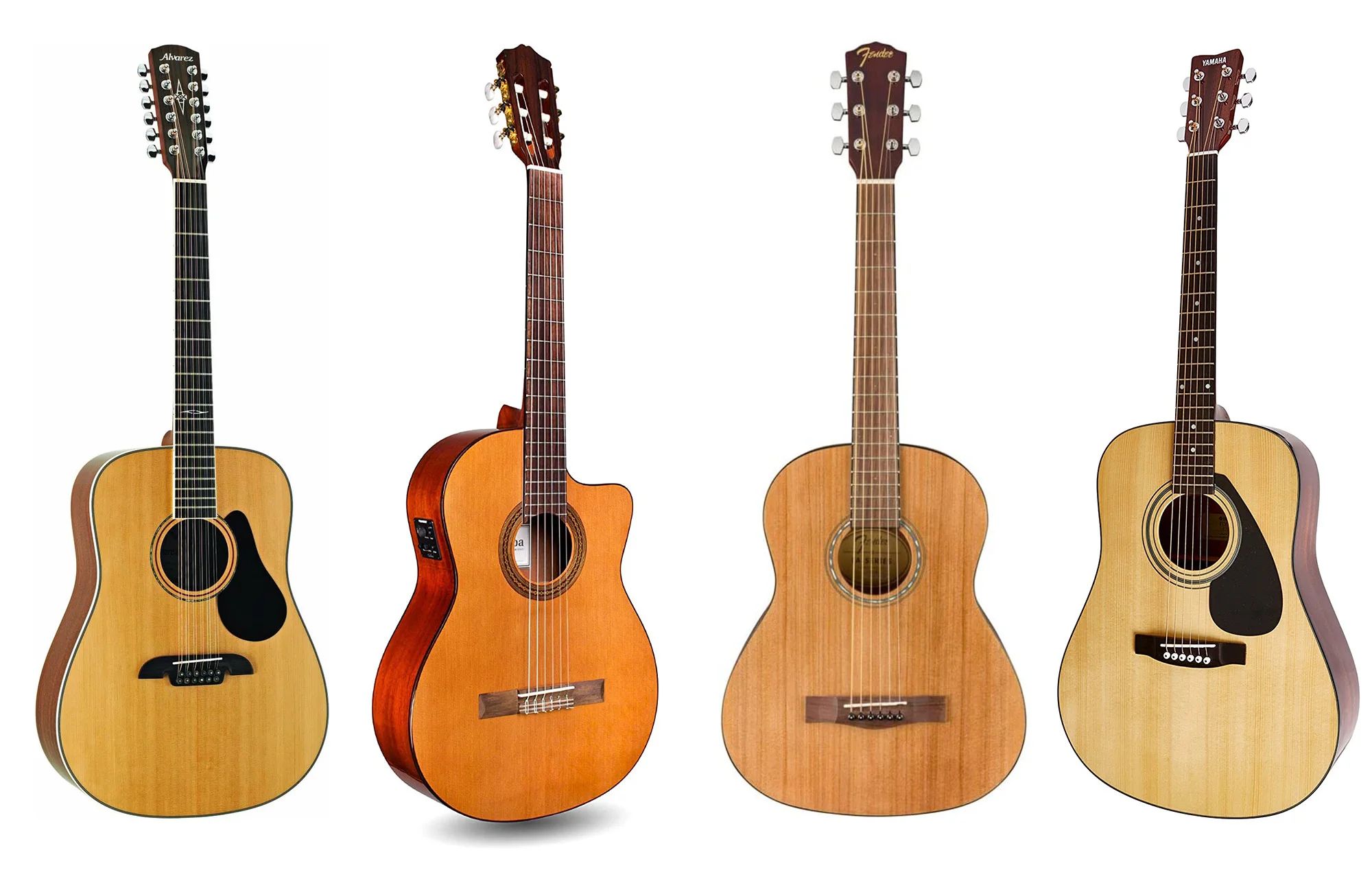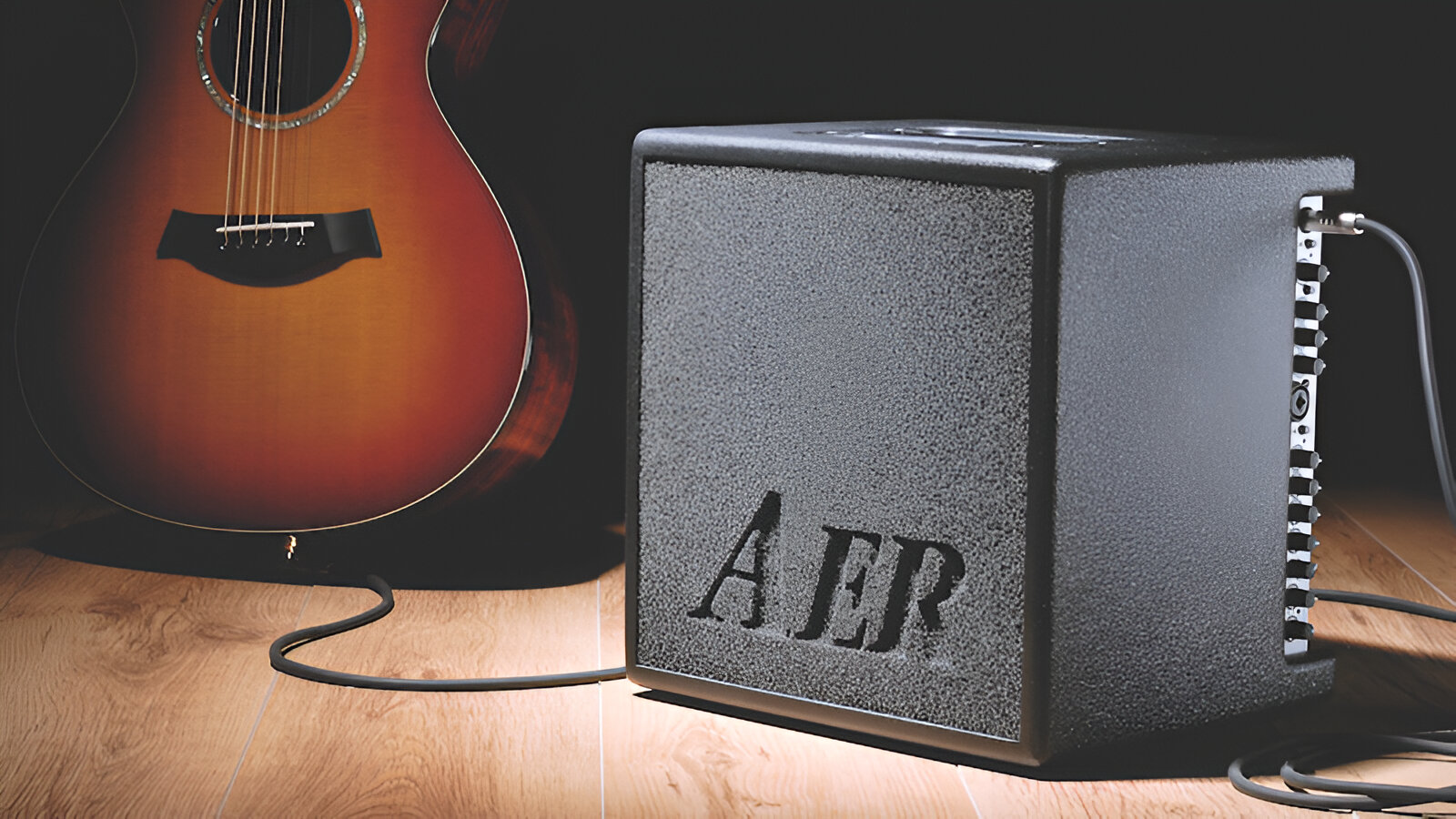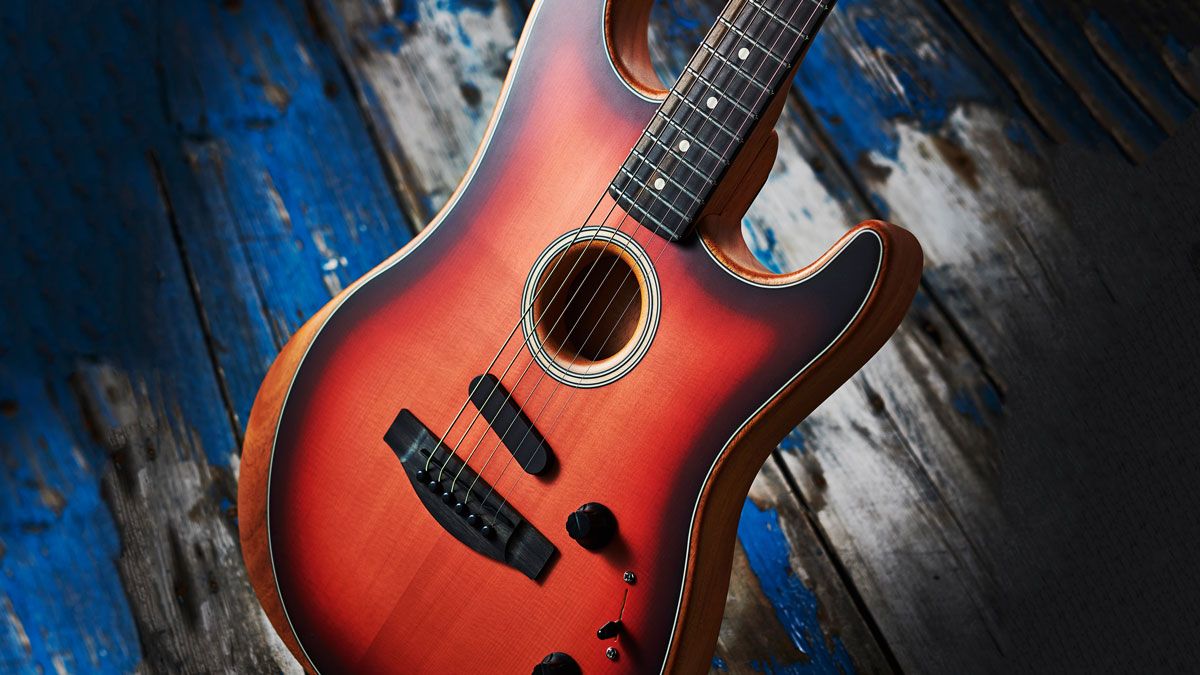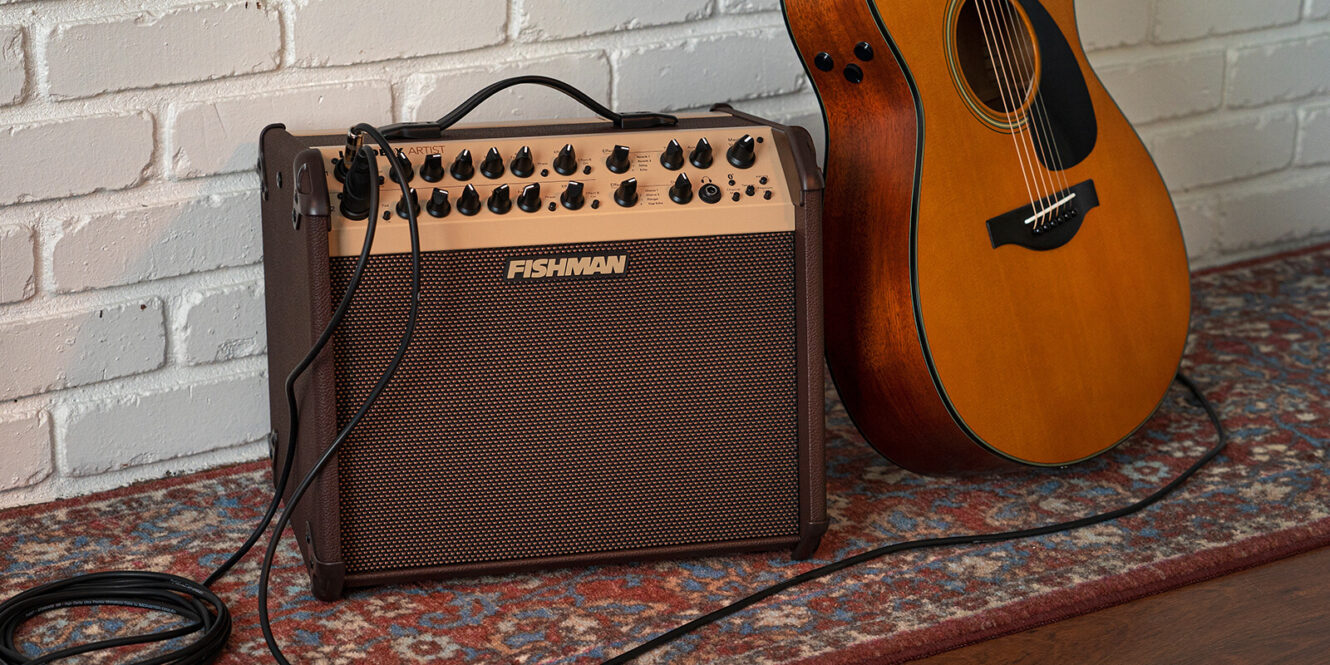Introduction
Are you a guitarist looking to expand your sonic palette without investing in a new instrument? Perhaps you love the rich, warm tones of an acoustic guitar but find yourself drawn to the versatility and power of an electric guitar. Fortunately, there are techniques and tools available to help you achieve the coveted acoustic guitar sound with your electric guitar. Whether you're performing live, recording in the studio, or simply practicing at home, this guide will walk you through the steps to make your electric guitar sound like an acoustic guitar.
By leveraging the right equipment and honing your playing technique, you can emulate the organic, resonant sound of an acoustic guitar using your electric instrument. From selecting the appropriate guitar and pickups to utilizing an acoustic simulator pedal and refining your playing style, there are multiple avenues to explore in pursuit of this distinctive tonal transformation. Additionally, the strategic application of effects and equalization can further enhance the authenticity of your electric guitar's acoustic emulation.
In the following sections, we'll delve into the crucial aspects of achieving an acoustic guitar sound with an electric guitar, providing detailed insights and practical tips to help you navigate this creative endeavor. Whether you're aiming to replicate the mellowness of a dreadnought or the brightness of a parlor acoustic, the journey to unlocking the acoustic potential of your electric guitar begins here. So, let's embark on this sonic adventure and uncover the secrets to making your electric guitar resonate with the soulful timbres of an acoustic counterpart.
Choosing the Right Electric Guitar
When endeavoring to emulate the sound of an acoustic guitar with an electric instrument, the choice of guitar itself plays a pivotal role. While any electric guitar can potentially produce acoustic-like tones with the right techniques and equipment, certain features can significantly enhance the authenticity of the emulation.
First and foremost, consider the body style of the electric guitar. Opting for a semi-hollow or hollow-body electric guitar can provide a more resonant and open sound, akin to that of an acoustic guitar. The hollow spaces within these guitars allow for greater acoustic-like resonance, contributing to a warmer and more natural tone. Additionally, the tonewoods used in the construction of the guitar can influence its sonic characteristics. Mahogany, maple, and ash are popular tonewoods known for imparting rich, vibrant tones that can align with the acoustic realm.
Furthermore, the scale length of the electric guitar can impact its potential for producing acoustic-like timbres. Guitars with longer scale lengths tend to offer better string tension and sustain, which are essential for replicating the acoustic guitar’s characteristic resonance and sustain. Additionally, the choice of strings can make a notable difference. Lighter gauge strings, such as .010-.046 or .011-.052, can contribute to a more acoustic-like feel and sound due to their lower tension and increased flexibility.
It’s also worth considering the neck and fretboard construction of the electric guitar. Opting for a guitar with a rosewood or ebony fretboard can introduce warmer overtones and a smoother feel to your playing, akin to the tactile experience of an acoustic guitar. Additionally, a wider neck profile can provide more space for fingerstyle playing and facilitate a more natural acoustic sound.
Ultimately, while any electric guitar can be used to achieve an acoustic-like sound, selecting a guitar with specific features tailored to this purpose can streamline the process and enhance the authenticity of the emulation. By carefully considering the body style, tonewoods, scale length, strings, and neck construction, you can set a solid foundation for transforming your electric guitar into a convincing acoustic counterpart.
Selecting the Right Pickups
When aiming to imbue your electric guitar with the resonant tones of an acoustic instrument, the choice of pickups becomes a critical consideration. While traditional electric guitar pickups are designed to capture the raw power and dynamics of electric playing, certain pickup configurations and types are better suited for emulating the nuanced tonal qualities of an acoustic guitar.
One popular option for achieving an acoustic-like sound is the employment of piezo pickups. Piezo pickups, commonly found in acoustic-electric guitars, are designed to capture the natural vibrations of the guitar’s body and produce a sound that closely resembles the acoustic instrument’s tonal characteristics. These pickups excel at reproducing the rich, organic resonance of acoustic guitars, making them a valuable choice for electric guitarists seeking to emulate that sound.
Another approach involves utilizing hybrid pickup systems that combine traditional magnetic pickups with piezo elements. These hybrid systems offer the best of both worlds, allowing players to blend the familiar electric guitar tones with the authentic acoustic-like qualities captured by the piezo pickups. By adjusting the balance between the magnetic and piezo pickups, guitarists can tailor their sound to achieve a seamless fusion of electric and acoustic timbres.
Furthermore, selecting single-coil pickups, particularly those with a brighter and more transparent tonal character, can contribute to a more convincing acoustic emulation. Single-coil pickups are known for their clarity and articulation, traits that can help capture the detailed nuances and string resonance reminiscent of an acoustic guitar. Additionally, the use of under-saddle transducer pickups in conjunction with traditional magnetic pickups can further enhance the natural acoustic qualities of the electric guitar’s sound.
Ultimately, the choice of pickups can significantly influence the authenticity of the acoustic emulation, and experimenting with different pickup configurations and types can provide valuable insight into achieving the desired tonal transformation. Whether opting for piezo pickups, hybrid systems, or specific single-coil configurations, the right pickup selection can bring you closer to replicating the organic warmth and resonance of an acoustic guitar with your electric instrument.
Using an Acoustic Simulator Pedal
One of the most effective tools for transforming the sound of an electric guitar into that of an acoustic guitar is the acoustic simulator pedal. This innovative device is designed to emulate the sonic characteristics and tonal nuances of an acoustic instrument, offering guitarists a convenient and versatile means of achieving authentic acoustic-like tones without the need for additional guitars or complex signal routing.
Acoustic simulator pedals utilize advanced digital signal processing to analyze the input from the electric guitar and apply tailored algorithms that replicate the resonance, timbre, and dynamic response of an acoustic guitar. These pedals often feature adjustable parameters such as body resonance, string gauge simulation, and microphone placement, allowing players to fine-tune the simulated acoustic sound to their preferences.
When using an acoustic simulator pedal, it is essential to start with a clean and neutral amplifier setting to ensure that the pedal’s processed signal is accurately represented. By engaging the acoustic simulator pedal, the electric guitar’s signal is transformed into a remarkably convincing acoustic-like sound, complete with the warmth, depth, and natural character associated with acoustic instruments.
Furthermore, acoustic simulator pedals often include additional controls for shaping the simulated acoustic sound, such as EQ adjustments to tailor the tonal balance and reverb effects to recreate the ambience of acoustic environments. These features allow guitarists to sculpt the simulated acoustic tone to suit different playing styles and musical contexts, making the pedal a versatile tool for live performances, studio recordings, and practice sessions.
It’s important to note that while acoustic simulator pedals can produce remarkably authentic acoustic-like tones, they are most effective when used in conjunction with a guitar that has been carefully selected and set up to complement the emulation process. By combining the right guitar, pickups, and playing techniques with the acoustic simulator pedal, guitarists can achieve a seamless and compelling acoustic transformation that expands the sonic possibilities of their electric instrument.
Whether you’re seeking to explore new sonic territories, expand your tonal palette, or replicate the organic allure of acoustic guitars, an acoustic simulator pedal can serve as a valuable ally in your musical journey, offering a convenient and inspiring means of infusing your electric guitar with the captivating essence of an acoustic instrument.
Adjusting Your Playing Technique
Transitioning from electric guitar to acoustic guitar emulation involves more than just equipment and effects; it also requires a nuanced approach to playing technique. By adapting your playing style to mimic the characteristics of acoustic guitar performance, you can further enhance the authenticity of the sonic transformation and imbue your electric guitar with the organic nuances of an acoustic instrument.
One fundamental aspect of adjusting your playing technique revolves around the use of dynamics. Acoustic guitars are highly responsive to variations in picking intensity and fingerstyle articulation, yielding a wide range of expressive dynamics. When emulating acoustic tones on an electric guitar, focusing on dynamic control and subtlety can help replicate the nuanced responsiveness and organic feel of acoustic playing. This involves incorporating fingerpicking techniques, hybrid picking, and varying pick attack to evoke the natural ebb and flow of acoustic guitar dynamics.
Furthermore, refining your fretting hand technique can contribute to a more authentic acoustic emulation. Emphasizing lighter touch and precision in fretting notes and chords can evoke the nuanced resonance and articulation characteristic of acoustic guitar playing. Additionally, exploring open and alternate tunings commonly associated with acoustic guitar music can introduce new harmonic textures and resonances, enriching the tonal palette of your electric guitar’s acoustic emulation.
Another crucial element of adjusting your playing technique involves embracing the percussive and rhythmic aspects of acoustic guitar performance. Incorporating techniques such as palm muting, string slaps, and percussive strumming can replicate the rhythmic vitality and percussive embellishments inherent in acoustic playing, adding depth and character to the simulated acoustic sound. Moreover, experimenting with chord voicings and inversions that are prevalent in acoustic guitar music can further enrich the harmonic complexity and authenticity of the emulation.
Adapting your playing technique to emulate the acoustic guitar’s sonic characteristics is a multifaceted endeavor that encompasses dynamics, fretting hand finesse, rhythmic expression, and harmonic exploration. By embracing the nuanced intricacies of acoustic playing and integrating them into your electric guitar performance, you can elevate the authenticity of your acoustic emulation and unlock a new realm of expressive possibilities.
Adding Effects and EQ
Enhancing the acoustic emulation of an electric guitar involves the strategic application of effects and equalization to sculpt the tonal characteristics and ambience, further refining the instrument’s ability to replicate the organic resonance and warmth of an acoustic guitar.
One essential component in the quest for authentic acoustic tones is the utilization of reverb. By incorporating a tasteful amount of reverb, preferably a hall or room setting, guitarists can infuse their playing with the spatial depth and natural ambience reminiscent of acoustic environments. This imparts a sense of air and dimension to the sound, contributing to a more convincing acoustic emulation.
Additionally, the use of compression can play a crucial role in refining the dynamics and sustain of the electric guitar’s acoustic-like tones. Gentle compression can help even out the transient peaks and enhance the sustain, allowing notes and chords to ring out with a smooth and consistent character, akin to the natural resonance of an acoustic instrument.
Furthermore, the strategic application of EQ can significantly shape the tonal balance and timbre of the simulated acoustic sound. Rolling off the high frequencies to a subtle degree can impart a warmer and more mellow character, akin to the natural tonal profile of acoustic guitars. Additionally, attenuating the midrange frequencies can help emulate the resonant and open quality of acoustic instruments, further enhancing the authenticity of the acoustic emulation.
Experimenting with chorus and modulation effects can also contribute to the authenticity of the acoustic emulation, adding a touch of shimmer and movement to the sound. Subtle chorus settings can create the illusion of multiple string sources, enhancing the richness and dimension of the acoustic-like tones. Moreover, incorporating a touch of modulation can introduce a gentle warble and fluctuation, evoking the subtle imperfections and organic nuances inherent in acoustic guitar timbres.
It’s important to approach the application of effects and EQ with a discerning ear, aiming to enhance the natural qualities of the acoustic emulation without overwhelming the inherent character of the electric guitar. By judiciously integrating reverb, compression, EQ adjustments, and selective modulation, guitarists can refine the sonic transformation, bringing their electric instrument closer to the authentic resonance and expressiveness of an acoustic guitar.
Conclusion
Embarking on the journey to make an electric guitar sound like an acoustic guitar opens up a realm of creative possibilities, allowing guitarists to explore new sonic territories and expand their expressive palette. Through the careful selection of the right electric guitar, pickups, and equipment, combined with the refinement of playing techniques and the strategic application of effects and EQ, it is indeed possible to achieve a remarkably authentic acoustic emulation with an electric instrument.
By choosing an electric guitar with specific tonal characteristics, such as a semi-hollow or hollow body and tonewoods known for warmth and resonance, guitarists can establish a solid foundation for the acoustic transformation. Selecting pickups tailored to acoustic emulation, such as piezo or hybrid systems, further enhances the authenticity of the tonal transformation, capturing the organic nuances and responsiveness of acoustic instruments.
Utilizing an acoustic simulator pedal offers a convenient and versatile means of achieving convincing acoustic-like tones, providing guitarists with a powerful tool to shape and sculpt the simulated acoustic sound to their preferences. Additionally, adapting playing techniques to evoke the dynamics, articulation, and rhythmic vitality of acoustic guitar performance enriches the authenticity of the acoustic emulation, infusing the electric guitar with the nuanced expressiveness of an acoustic instrument.
Furthermore, the strategic application of effects and EQ, including reverb, compression, and modulation, allows guitarists to refine the tonal balance and ambience, enhancing the natural resonance and warmth of the acoustic emulation. By judiciously integrating these elements, guitarists can bring their electric instrument closer to the captivating essence of an acoustic guitar, expanding the sonic possibilities and creative horizons of their musical endeavors.
Ultimately, the pursuit of making an electric guitar sound like an acoustic guitar is a testament to the boundless creativity and ingenuity of musicians. Whether seeking to replicate the mellowness of a dreadnought, the brightness of a parlor acoustic, or the expressiveness of a nylon-string guitar, the techniques and tools explored in this guide offer a pathway to unlocking the soulful timbres and organic resonance of acoustic instruments with an electric guitar. As guitarists continue to explore and innovate, the boundaries between electric and acoustic realms blur, giving rise to a rich tapestry of sonic artistry and boundless musical expression.







